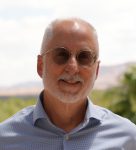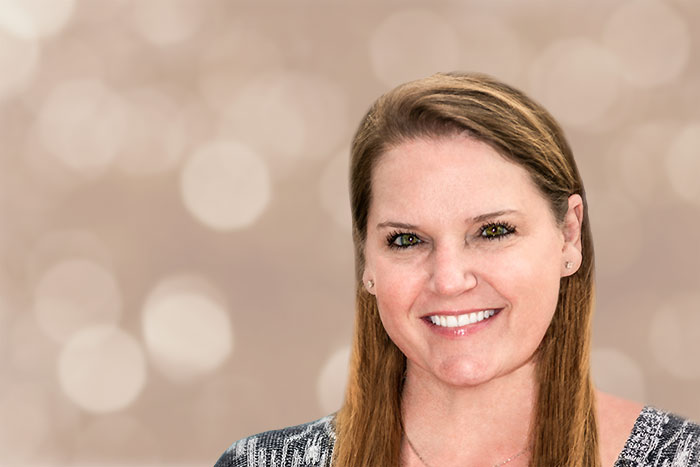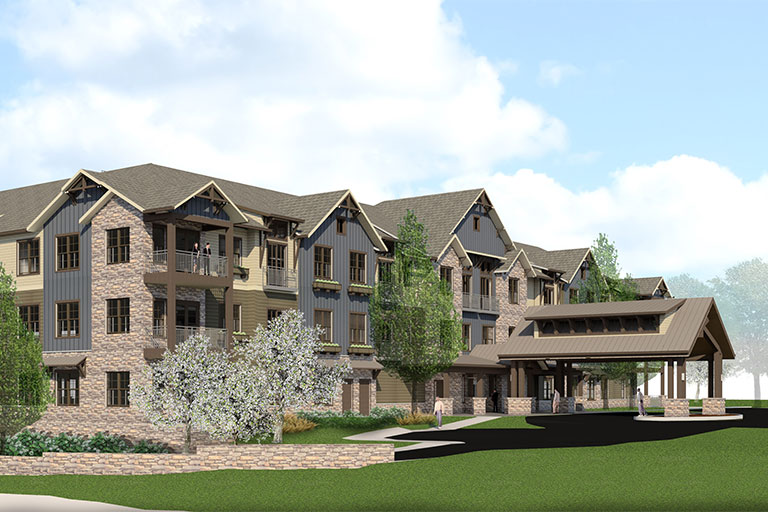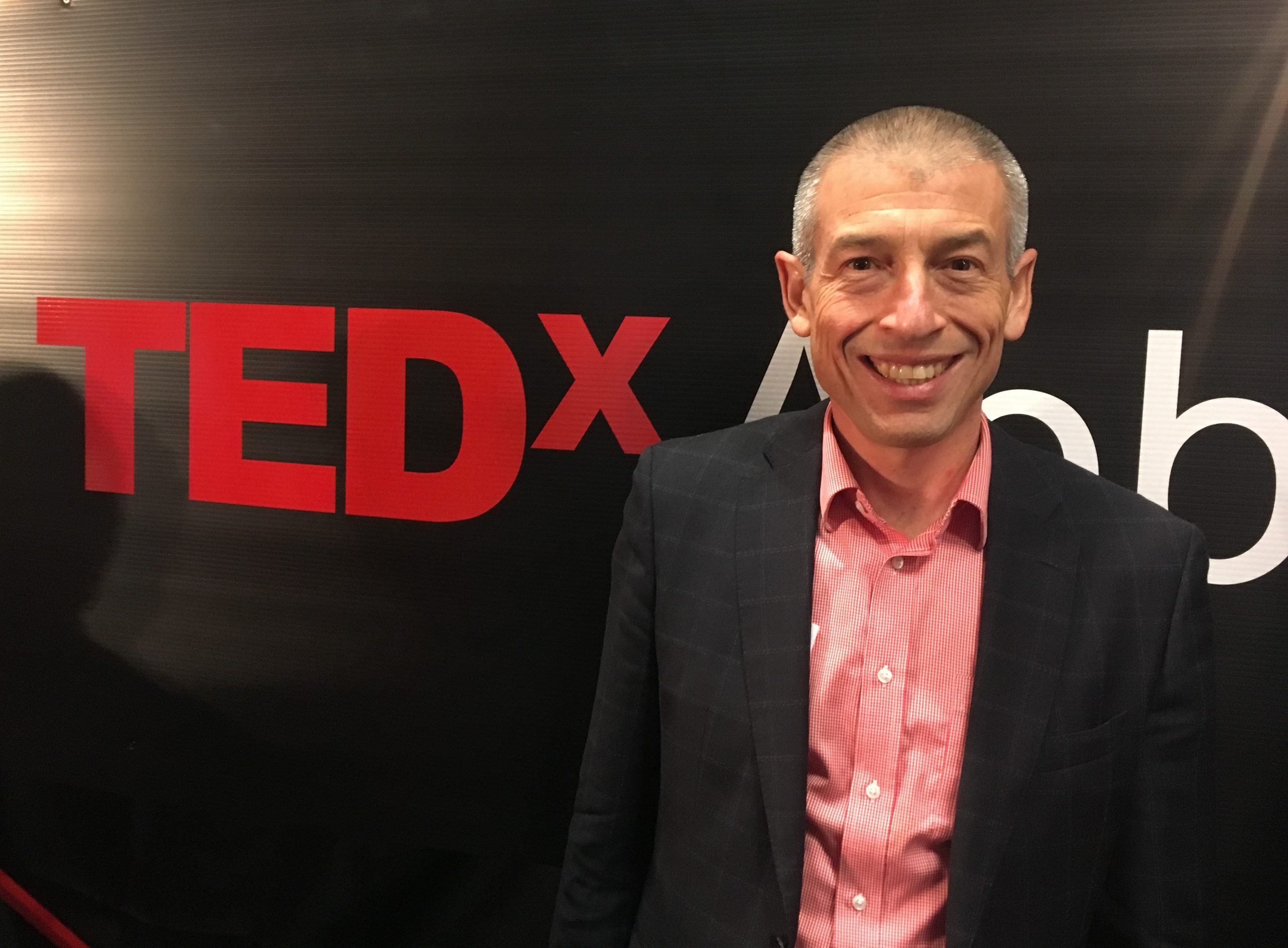
Staffing Solutions: Mather Partners with City to Create a Job Pipeline
By Jim Nelson | August 4, 2023
[This is the first in a series of interviews with senior living executives about innovative ways in which they’re mitigating staffing challenges in their communities. If your community is having success with a new staffing process, please reach out to editor Jim Nelson at jnelson@seniorlivingnews.com, and maybe we’ll share your success in a future interview.]
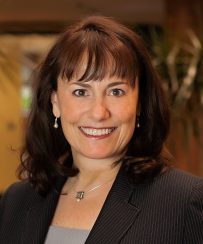
It’s no secret that the senior living industry has been facing severe staffing challenges the past three years. But with the pandemic effectively in our rearview mirror now, the tide is showing signs of turning a bit says Yvonne Jung, senior vice president of human resources at Mather. “I think in the last month the pendulum is starting to swing back to the employer side. I came from 20 years in the hospitality industry, and of course hospitality and healthcare have been hit, I think, the hardest since COVID, but I do think that we are seeing a wider number of applicants.”
Jung, who joined Mather in September 2022, says her 82-year-old not-for-profit organization has felt the same sting as everyone else, particularly in its food and beverage service staff, with its CNAs (certified nursing assistants), and in its Health Center, life centers.
Mather has been doing anything but simply waiting it out. Rather, the company has been brainstorming about various ways to entice a new wave of employees, including bandying about the notion of catering the benefits package it offers to prospective new hires based on their age and needs, recognizing that a person in their early to mid-20s has very different benefit needs than someone who’s mid- or late-career. “We’re trying to come up with a package that speaks to them,” she says of candidates who are still on their parents’ medical insurance, for instance, versus someone of an age group who is “Medicare eligible and may not need things like day-to-day healthcare or tuition reimbursements.”
While the idea of generation-oriented benefits packages is still in the brainstorming phase, Mather is well underway with a three-tiered plan for creating a pipeline of future talent. This plan started in 2022 when Mather partnered with the city of Evanston, Illinois, where its life plan community sits “nestled among picturesque tree-lined streets just steps from Lake Michigan.” That plan, called eMerge, is designed to find the next generation of recruits, and get them interested in working in the senior living industry.
Senior Living News dove into the details of eMerge with Jung.
SLN: What can you tell us about eMerge?
YVONNE JUNG: We are in the process of taking it to the next level, and it will have three areas of focus: internships, fellowships, and scholarships.
For the internships, we would pay an intern, obviously, for their time, and the funnel for all three of these areas is going to be very dependent on the relationships built with community partners in each location. Evanston, Illinois, has some very specific community-based partners that we may find something similar, but not an exact match, in say Tysons, Virginia, where we’re opening next year, and Tucson or Oro Valley, Arizona, where we already operate. In Evanston there’s the Mayor’s Employer Advisory Council, or MEAC for short, and they have a career partnership- and work-based learning coordinator who’s on staff at Evanston Township High School. This person manages the flow of applicants to a variety of workplace experiences in Evanston; they pair graduates with local companies for a 10-week summer job, and they also have a job-shadowing program where students can come in for two weeks.
As an outgrowth of thinking about internships as the next funnel of students, I wanted to make sure that we sparked interest in senior living as a career. When I was growing up, my parents were both in hospitality, so it was easy for me to choose that career path. I think a lot of people don’t necessarily get exposure to senior living, so with this summer internship program, as well as the job-shadow program, my goal is really to say, “Let’s put you in the workplace, let you try out a couple of different jobs,” particularly for the longer internship program, and just do something to help spark their interest. At Mather, in the continuing care retirement communities or life plan communities, we have the opportunity to expose these students to three areas: we can give them access to careers in senior living, in health care, and to hospitality jobs … through this program we just want to give these students that opportunity to see if something sparks in them.
There’s another program with the workforce development office of Evanston where they want to expand an on-the-job training program, using our communities as “training sites.” The funding for these programs is coming from different places. With eMerge, we wanted to propose an option for the city to match through the ARPA (Evanston’s American Rescue Plan Act) funds that were remaining from COVID days, so we set a goal of $58,000 and the city matched it. That’s the internship program.
The second area of focus is in fellowships, whereby we partnered with Boys Hope Girls Hope in Evanston to provide a nonpaid opportunity for students who would benefit from interaction with older adults. They would bring in students who need help with homework or access to an adult that they may not have in their life. They’ve been coming over to The Mather in Evanston, where our residents have been helping them with homework or maybe just watching television with them or having a conversation with them. What’s neat about that is you get a little bit of reverse mentoring — the older adult gets to interact with a younger student, and vice versa. That’s something that we did last year, that group has graduated, and we’ll start that program up again in September. A couple of the residents are really passionate about this at The Mather, who just want to take it and run with it.
And the third area is scholarships. The scholarship could be funded by Mather directly or it could be funded through eMerge, which is the partnership of funds and the matching grant that we got from the city. If we get matching grant funds from the city of Evanston, we have to spend that money in the city of Evanston, so the matching dollars for the scholarship will go to students at Oakton College, within the city limits of Evanston. They have students who are studying food & beverage and hospitality, and they have a pretty strong nursing program. We have set up for two students per year to receive up to a $3,000 scholarship.
SLN: That all sounds great.
YJ: This program is really taking root in Evanston because we have great community partners who acknowledge the need to bridge the gap in employment for young adults and provide opportunities for students who do not necessarily have a plan for after high school. They are putting a lot of resources, time, and effort into answering the question, “How do we get these kids into a program that will provide them a path to work?”
What we need to do at Mather as an organization now is to reach out and develop relationships with say, Oro Valley, which is about 45 minutes north of Tucson, where we operate a senior living life plan community, and the same here where I live, which is in the northern Virginia area, for our new community which will open in January of next year. This will entail reaching out to community-based organizations and trying to figure out, “Where could we create this same type of pipeline that would provide that pipeline of talent, and then could we expand the program where we are receiving matching funds from a city or another local community organization?” But the matching is just icing on the cake; what we’re really trying to do is partner with these organizations, so we have a funnel of talent.
SLN: You may be doing eMerge specifically with the city of Evanston right now, but as you look to expand that into other locations there is a universality to it that should work in many places.
YJ: I think you’re right, but I would say it’s very dependent on making sure that you’ve got a funnel … I think there’s a lot of students who have not necessarily had a reason to even be aware of senior living; unless they had a parent or grandparent that was in one of the communities, they wouldn’t necessarily think of us as a pathway to work. I think that is what makes it even more important that we, as organizations, reach out to the communities to say, “What programs do you have, what community partners do you have, that could be reaching into high schools or the local colleges or trade schools or underprivileged groups? And how do we create a pipeline?” In other words, how do you create that connection so that there’s a flow of people, as opposed to just having that sort of evergreen thing in your job board that says, “We’re looking for internships”?
